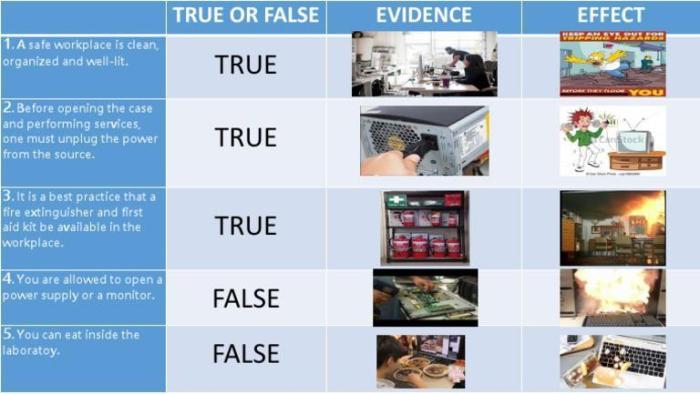In the realm of human sexuality, asexuality emerges as a distinct and often misunderstood orientation. As we embark on a journey to identify the true and false statements about asexuality, we delve into the complexities of this unique identity, dispelling common misconceptions and illuminating its profound significance.
Throughout this discourse, we shall explore the multifaceted nature of asexuality, its impact on relationships, its intersection with other identities, and its place within societal norms. By unraveling the intricacies of this often-overlooked orientation, we aim to foster a deeper understanding and acceptance of asexual individuals.
Asexuality Basics

Asexuality is a sexual orientation characterized by a lack of sexual attraction to others. Asexual individuals may still experience other forms of attraction, such as romantic or emotional attraction.
There are different types of asexuality, including:
- Demisexuality:Only experiencing sexual attraction to someone with whom they have a close emotional bond.
- Gray asexuality:Experiencing sexual attraction rarely or only under specific circumstances.
- Reciprosexual:Only experiencing sexual attraction when it is reciprocated.
Common misconceptions about asexuality include:
- Asexual individuals are not interested in sex.
- Asexuality is a choice.
- Asexual individuals are incapable of forming relationships.
Asexuality and Relationships

Asexuality can affect relationships in various ways. Some asexual individuals may choose to be in relationships with sexual partners, while others may prefer to be in relationships with asexual partners or remain single.
Challenges in asexual relationships may include:
- Different sexual needs and desires between partners.
- Pressure from society to conform to traditional sexual norms.
- Lack of understanding and support from friends and family.
However, asexual relationships can also be rewarding and fulfilling. Some benefits include:
- Increased emotional intimacy and connection.
- Reduced pressure to engage in sexual activities.
- Increased focus on non-sexual aspects of the relationship.
Examples of healthy and successful asexual relationships include:
- Couples who have open and honest communication about their sexual needs.
- Couples who find creative ways to express their intimacy and affection.
- Couples who have a strong support system from friends and family.
Asexuality and Identity

Asexuality intersects with other identities in various ways. For example, some asexual individuals may also identify as lesbian, gay, bisexual, transgender, or non-binary.
Self-acceptance and self-love are crucial for asexual individuals. Coming to terms with one’s asexuality can be a journey that involves:
- Understanding and accepting the concept of asexuality.
- Challenging societal norms and expectations.
- Building a supportive community.
Stories of asexual individuals who have come to terms with their identity can provide inspiration and support:
“I used to feel like something was wrong with me because I didn’t experience sexual attraction. But now I know that I’m not alone and that there’s nothing wrong with being asexual.”
Asexuality and Society: Identify The True And False Statements About Asexuality

Asexuality is often met with social stigma and discrimination. This can include:
- Invalidation of asexual experiences.
- Pressure to conform to sexual norms.
- Lack of representation in media and popular culture.
To promote inclusivity, society can:
- Educate people about asexuality.
- Challenge stereotypes and misconceptions.
- Create safe and supportive spaces for asexual individuals.
Asexual activists play a vital role in raising awareness and acceptance. Their work includes:
- Advocating for the rights of asexual individuals.
- Providing support and resources to asexual communities.
- Challenging harmful narratives and promoting positive visibility.
Question Bank
What is asexuality?
Asexuality is a sexual orientation characterized by a lack of sexual attraction to others.
Are asexual people incapable of love and intimacy?
No, asexual individuals can experience love, intimacy, and fulfilling relationships in ways that may differ from those who experience sexual attraction.
Is asexuality a choice?
No, asexuality is not a choice but rather an inherent aspect of an individual’s sexual orientation.